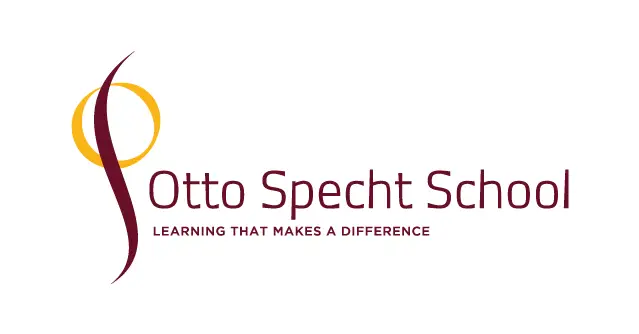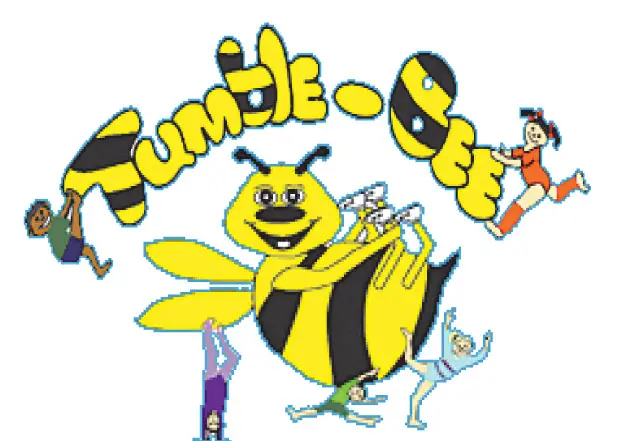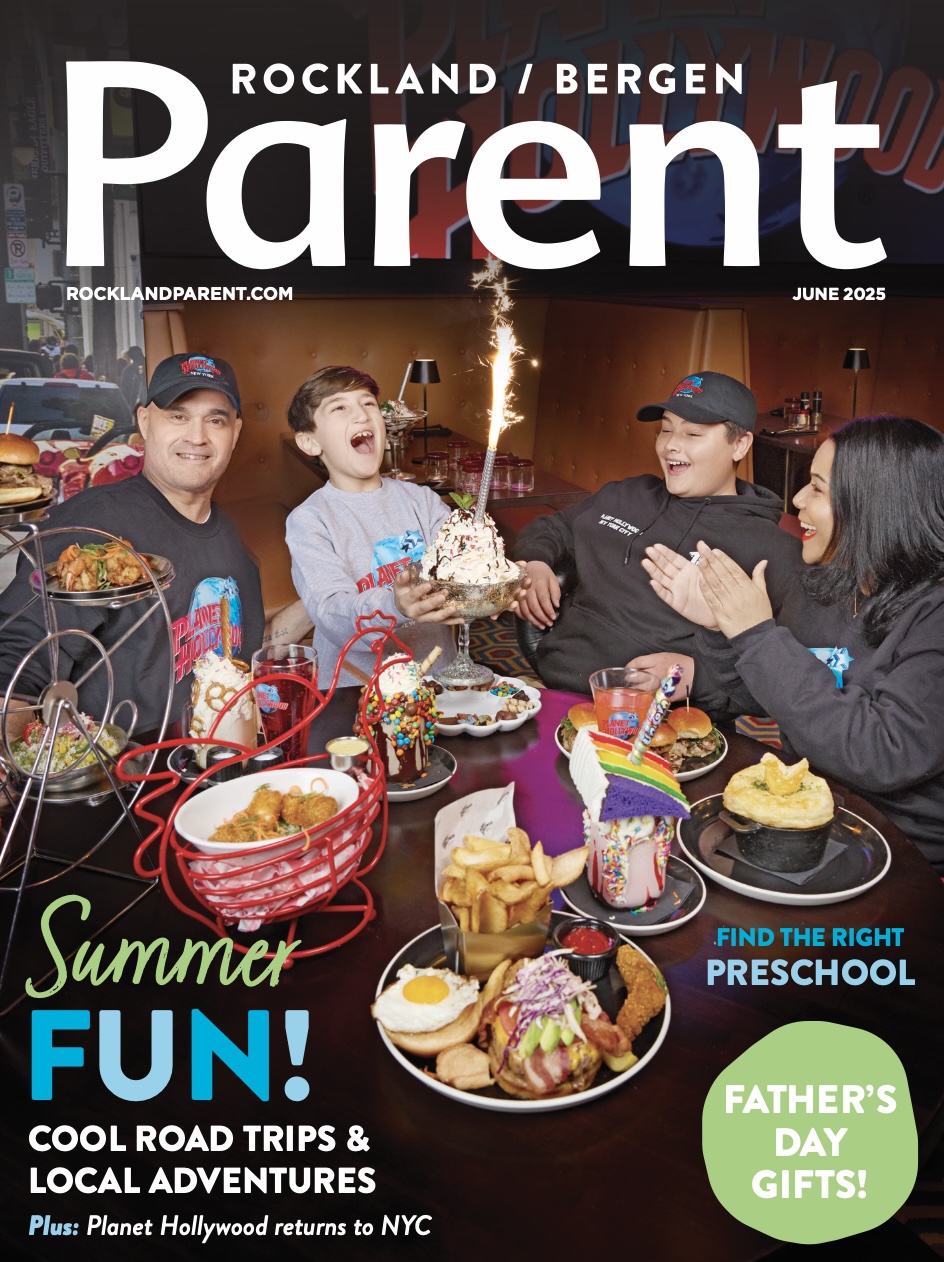Get the Best Winter Activities
Shortly after that, I caught a television reporter interviewing an incarcerated woman. Natalie Higier had accidently killed her Russian-adopted son. She was clearly remorseful, but she spoke frankly about how difficult it was to try to raise an emotionally-disturbed boy who would not accept love. This was the moment that changed my family’s life. My husband and I thoroughly researched and read everything about reactive attachment disorder. Julia was its poster child. We devoted ourselves to healing Julia, first by understanding the way her brain was wired and why she behaved the way she did, and then by utilizing a series of parenting techniques to break down our daughter’s emotional fortress. Stepping into her shoes, feeling her pain, and understanding why she was so closed off softened my anger and sense of helplessness. My husband and I, who have always had a strong partnership, chose to work as a family rather than engage a therapist because we’d heard it was difficult to find the right kind of help. If Julia showed no progress, though, we agreed we’d turn to professionals.
Over time, we drew our daughter out. We taught her to look us in the eye. We gave her time-ins, not time-outs, because isolation is what RAD children, as they are called, really want. We put up a united front and blunted her emotional chaos. We explained over and over that we loved her and would never abandon her, no matter what.
I don’t remember the first triumphant moment, because it wasn’t like that. Gradually a more natural flow began, but it was a while before I knew Julia was ready to let me be her mother. I do remember little things along the way, like when she’d call me “Mommy” and it no longer felt jarring or alien. I recall when she started taking my hand without resistance, and when she said, “I love you, Mommy,” with her eyes locked on mine, and I knew she meant it.
Julia’s turning 12, and we are like any other push-and-pull, buttons-pushing, loving-one-another-more-than-rainbows mother and daughter. Our deep bond is palpable now, but occasionally, in a moment of crisis—like a doctor’s call with some scary test results—I’m reminded it wasn’t always so, and it makes what we have now all the more precious.
Tina Traster, who lives in Valley Cottage with her family, is the author of Rescuing Julia Twice: A Mother’s Tale of Russian Adoption and Overcoming Reactive Attachment Disorder (Chicago Review Press 2014; $24.95). Her website is juliaandme.com. Find a Q&A with Traster about reactive attachment disorder at nymetroparents.com/rad.

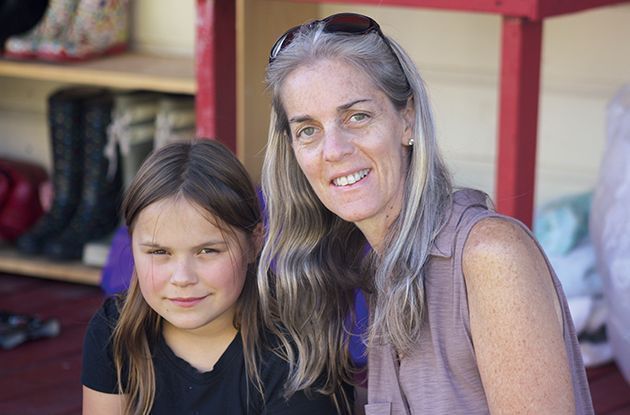


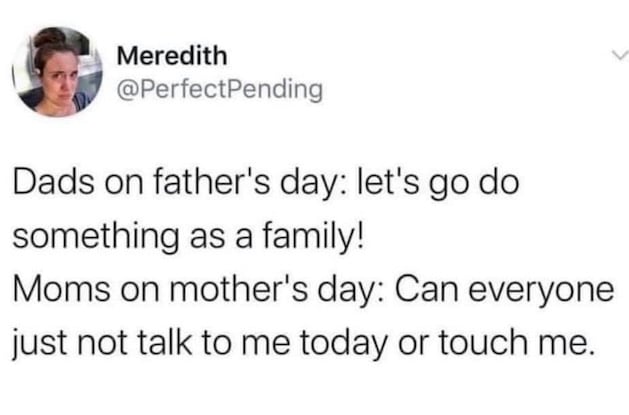
.jpg)

